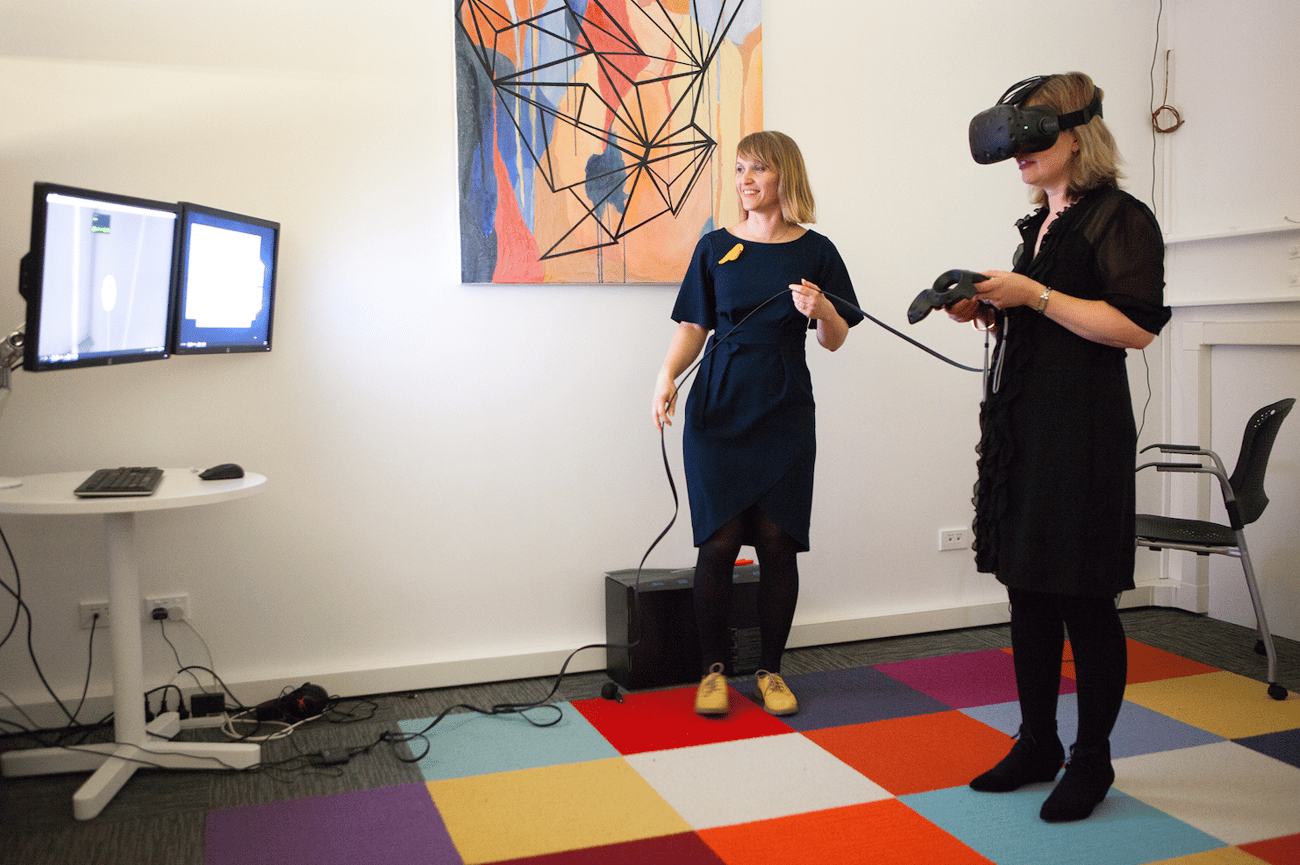
It doesn’t seem like that long ago that virtual reality entailed people wearing clunky headsets screaming and falling over while experiencing rollercoaster and zombie apparitions.
Understandably, VR first got a lot of attention for being an exciting breakthrough for gamers and tech lovers.
But now that the dust has settled on the consumer possibilities, more companies are exploring the technology’s implications in the commercial market.
In particular, VR can help those in the creative industries by solving former pain points, streamlining the design process and creating new possibilities.
One New Zealand company that has grabbed hold of this opportunity is Context Architects.
Managing director Stephen Voyle says the idea came after he played a VR game with his 12-year-old son.
“I realised that the gaming world is so much further down the VR track than most other industries,” he says. “It got me thinking that this is the ideal way to democratise architecture and make it more collaborative.”
The company has since been using a custom-built VR lab in its offices for over six months now, consisting of an HTC Vive VR kit with headsets, motion sensors and hand controls and a custom-built computer system.
The VR lab helps get clients involved in the design process and show them the possibilities of what a project can look like in 3D form, instead of just on a screen or on paper.
“VR means we can share that knowledge so clients can picture their finished product and much earlier in the process,” Voyle says.
“It’s the next step from the life-like renders and 3D models we already use to good effect. We can virtually try ideas in a realistic way without stepping foot outside the office, or incurring costs in the physical world. And clients don’t need to make a leap of faith before committing million dollar sums.”
When the client’s inside the virtually constructed building, they can look in all directions, walk, climb stairs, and even beam via a hand control to any part of the structure, inside or out.

This includes being able to stand on top of tables and chairs within the VR model, but Context advises against this, as this has been known to make people lose their sense of gravity and get a bit wobbly on their feet.
The VR technology is also helping the architecture firm achieve things that were previously impossible.
Voyle says VR is helping its clients see and feel things that they usually wouldn’t be able to in a drawn or computer-based rendition, like the way the light falls in a room, or how it feels to move between rooms.
It also helps illustrate a project better when Context is pushing the norm, he says, such as from a resource content perspective.
“It helps get stakeholder buy-in when we can virtually realise a building and use that to tell the whole story,” he says.
He says it also allows for more collaboration between clients and designers.
“It means we can be playful and bold too – it’s easy to remove walls, add staircases or internal courtyards and virtually explore how that looks and feels. We can now even do those modifications virtually and lift out a window say by hand.”
Context Architects has since added in another feature where the client and the architect can be in the VR model side-by-side as avatars that can interact and even edit the building together in real time.
It has also invested in a portable version of the technology so that clients can take the virtual models back to their office and share the experience with co-workers.
Voyle plans to take the tech even further later this year and introduce augmented reality, where virtual reality meets the real world.
A floating virtual model of a housing development will be able to be edited by a design team and the client in real time.
“Imagine being able to re-orientate whole streets with your hands and add or remove houses and parks,” he says.
Founder of augmented reality headset Meta 2 Meron Gribetz showed a demonstration of this technology in action by an architect in his Ted Talk, A glimpse of the future through an augmented reality headset.
And with plenty of other options out there on the market like Google’s Tiltbrush, which allows artists and designers to paint in 3D, the creative industries may be on the cusp of a VR-revolution.




